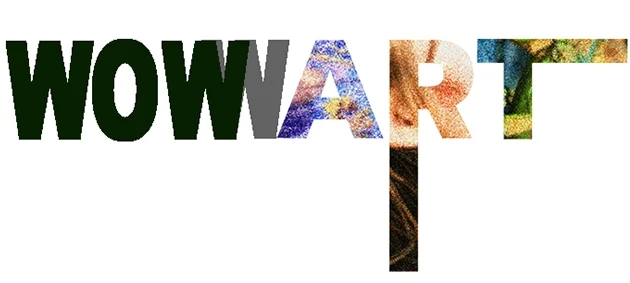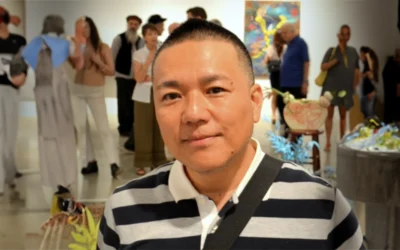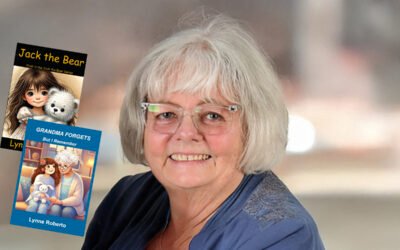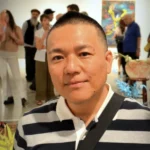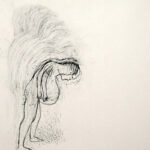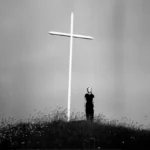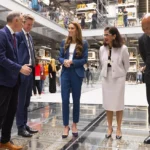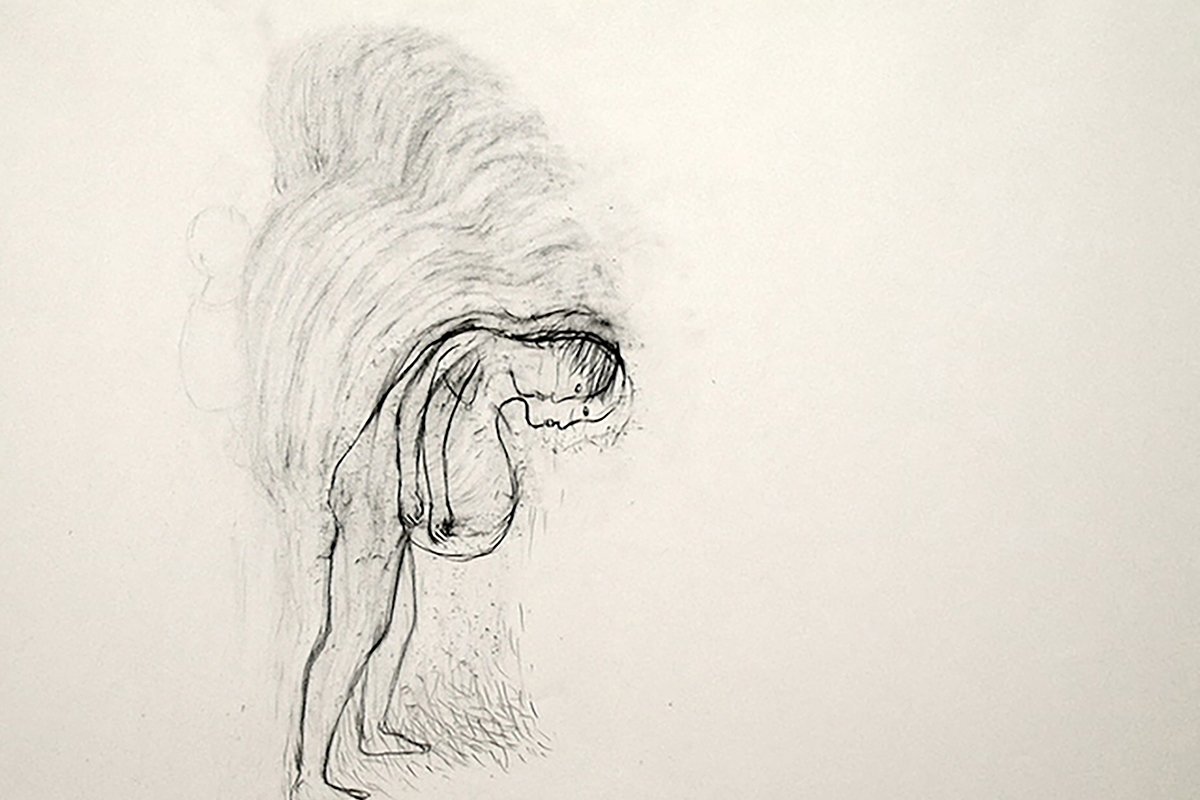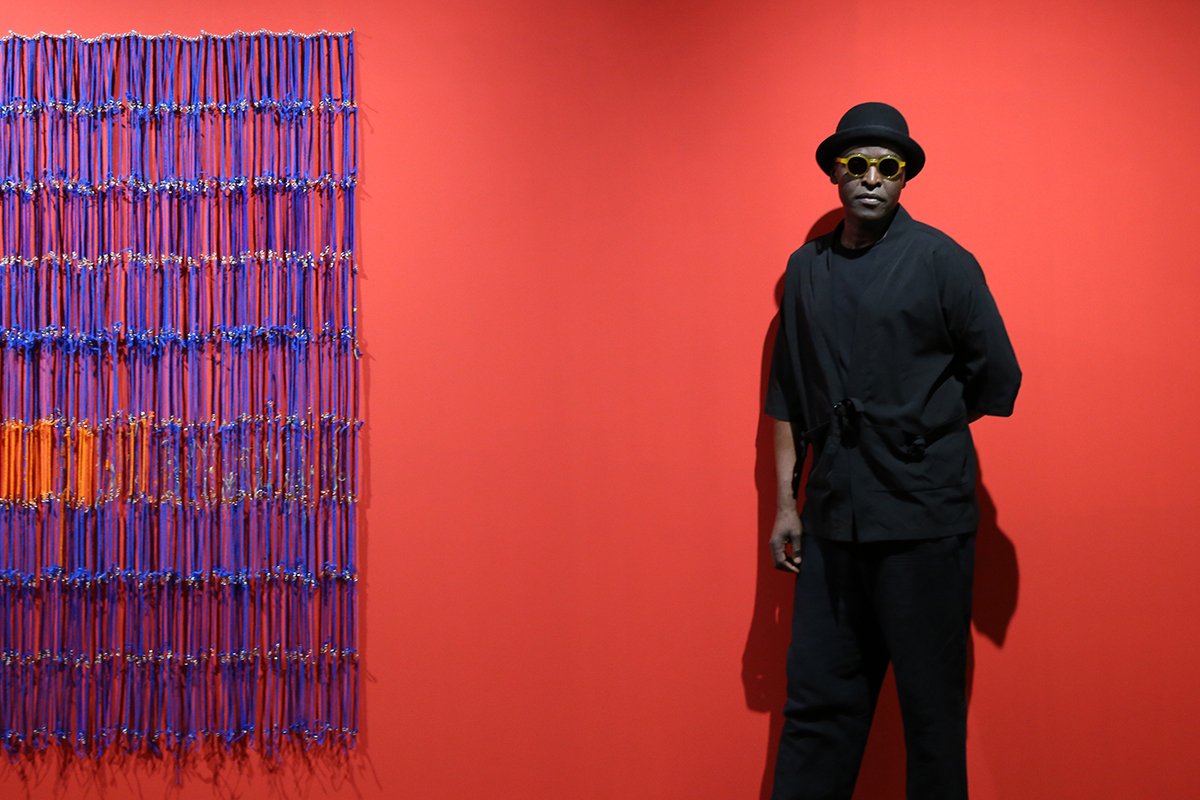Hale Ekinci Weaves Stories Of Identity, Heritage, And Humor Through Textile Art
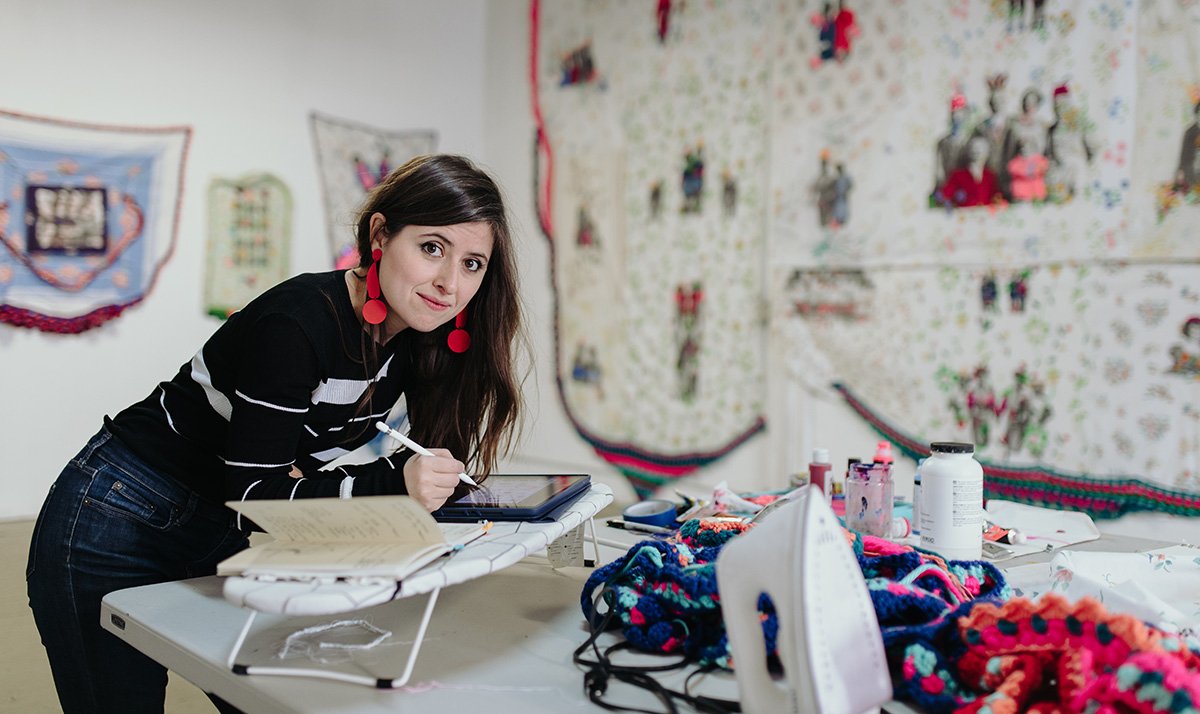
Photo: Hale Ekinci in her studio, surrounded by vibrant textiles and tools of her craft, weaving heritage and imagination into art.
Reimagining Textiles With a Vibrant Personal Touch
Hale Ekinci blends textiles, photography, and embroidery into vibrant works that explore identity, heritage, gendered labor, and belonging with humor, innovation, and a deep connection to her immigrant experience.
Hale Ekinci is nothing short of an artistic force. Her work is a vibrant tapestry of dualities—blending Middle Eastern and Western traditions, interweaving the past with the present, and combining the tactile beauty of textiles with the precision of digital design. As a Turkish-American artist, Ekinci’s creations are deeply rooted in her immigrant experience, reflecting the stories, identities, and histories often overlooked or untold. Her ability to transform familiar household textiles into bold, narrative-driven works of art is as inspiring as it is innovative. Whether through her embroidered paintings, sculptural installations, or video projects, each piece is infused with joy, care, and a profound connection to heritage.
Ekinci’s work does more than explore themes of identity, belonging, and gendered labor—it challenges them with humor, whimsy, and a sense of vibrant defiance. Her meticulous use of embroidery, cultural symbols, and recontextualized family photographs invites viewers into an intricate dialogue about personal and collective memory. From the embroidered French knots that lend anonymity and mystery to her portraits, to the unexpected adornments that disrupt preconceived notions of identity, her art is rich with layers—quite literally and metaphorically.
In this issue, we are honored to spotlight Hale Ekinci and dive deep into her artistic process, motivations, and inspirations. From her seamless integration of computer technology into fiber art to the deeply personal, improvisational touches that bring her work to life, Ekinci’s approach is as thoughtful as it is boundary-pushing. Prepare to be captivated by her stories, her creativity, and the immense care with which she stitches her world together.
Hale Ekinci’s art masterfully intertwines tradition and innovation, crafting vibrant narratives that honor heritage, identity, and the human connection.
What was it about combining old textiles with computer technology that inspired your unique approach to fiber art?
I am a full-time professor of graphic design and used to make layered, animated video works. Both of these required me to be in front of a computer for extended periods of time, so I found myself knitting and crocheting in my free time. After taking a brief embroidery workshop at ACRE artist residency in the woods and realizing that I have an innate capacity for textiles, I started to combine my old solvent photo transfer college techniques with textiles and digital designs. It came out of a bodily need for a tactile process and joy.
Can you describe how the process of transferring an old family photograph to a repurposed household textile unfolds?
I collect family photos of mine, my Hoosier husband, and photographic archives (mostly from history of immigration and queerness). I edit the photos to remove the backgrounds to make these eclectic people placeless and transfer them using wintergreen oil on the print out, rubbing the image on to fabric with a spoon.
How did your dual background in art and computer science influence your creative practice?
Thanks to computer science, I am quick to pick up new creative software. I use photoshop and my iPad heavily to sketch out ideas and test out colors and patterns. At every stage of my process, I snap quick photos of the work in progress and paint on them digitally to see what I like before committing to making a mark on canvas. Recently at my Indiana University Bloomington residency, I had access to a large-format fabric printer and made my own digital patterns to print on fabric. Additionally, I document and edit all my artwork, create my website and all other digital marketing products. Being digitally fluent has allowed me to broaden my practice in many ways.
How do you see the role of hand-stitching in your work, especially when it comes to completing the story of the piece?
In terms of how it works within a piece, embroidery often comes later, after I transfer photos and paint over the imagery. It acts as outlines, embellishments, and the addition of another symbolic language. With french knots over the faces, I make the portraits anonymous and connected to each other visually; with embroidery of cultural artifacts like party hats, turkish tea cups or fezzes, I complicate their identity and belonging with whimsy. Every time I stitch, I feel a connection to my mom, the crafting neighbors I grew up with, and the long history of crafting women that were overlooked as artists. Besides this emotional and political devotion to it, I also love how it makes me feel: how the slow stabbing of the fiber feels, how the colors of thread accumulate, and how carrying it with me anywhere I go makes me feel immersed in my creativity all the time.
What changes occurred in your practice over the past few years that led to such intense productivity?
Once I nailed down my process down to a certain recipe, I spent less time making decisions and went with the flow based on how the materials that surround me spoke to me. I have a ton of printed photos and a collection of patterned fabrics in my studio and I typically pick some that speak to me intuitively, then transfer them onto fabric, paint, embroider, blockprint, add cultural relics, and edge with crochet. That’s my recipe that frees me from self-doubt or overthinking. Working with textiles allows me to take my work home, and do it while socializing or on my couch in the evenings that extends my work time tremendously. Additionally, attending residencies like the Spudnik Printmaking Press or the Indiana University Bloomington allows me to dedicate a concentrated amount of time where I can be extremely productive.
When you reach the embroidery stage, you allow room for improvisation—can you share an example of how this flexibility has shaped a piece unexpectedly?
I start to create characters in my mind or think about putting the people in unexpected situations with the embroidered embellishments. In a sculptural work that I recently finished, New New House, for example, an old Turkish villager woman has some acrylic nail embroidered on her working hands, her husband holds an embroidered solo cup (iconic for American parties). Hetero looking men get Frida-like flower crowns, serious portraits get party hats, and a vintage American woman gets a Turkish prayer bead. I use these embroidered symbols to complicate our preconceived notions on identity, add humor, and imagine a different kind of narrative for these distant people.

NEW HOUSE
Hale Ekinci’s New House image is a dazzling fusion of cultural motifs and modern techniques, encapsulating her unique artistic vision. This textile piece bursts with vibrant colors, featuring dynamic abstract and representational elements. Rich pink, red, and blue floral patterns intertwine with a solitary hand-painted silhouette in glittering blue and purple, creating a sense of movement and whimsy. Strewn amidst these are line drawings of doll-like figures, adding texture and surrealism. Ekinci’s art celebrates creativity and tradition, transforming textiles into narrative landscapes layered with emotion and cultural dialogue.
